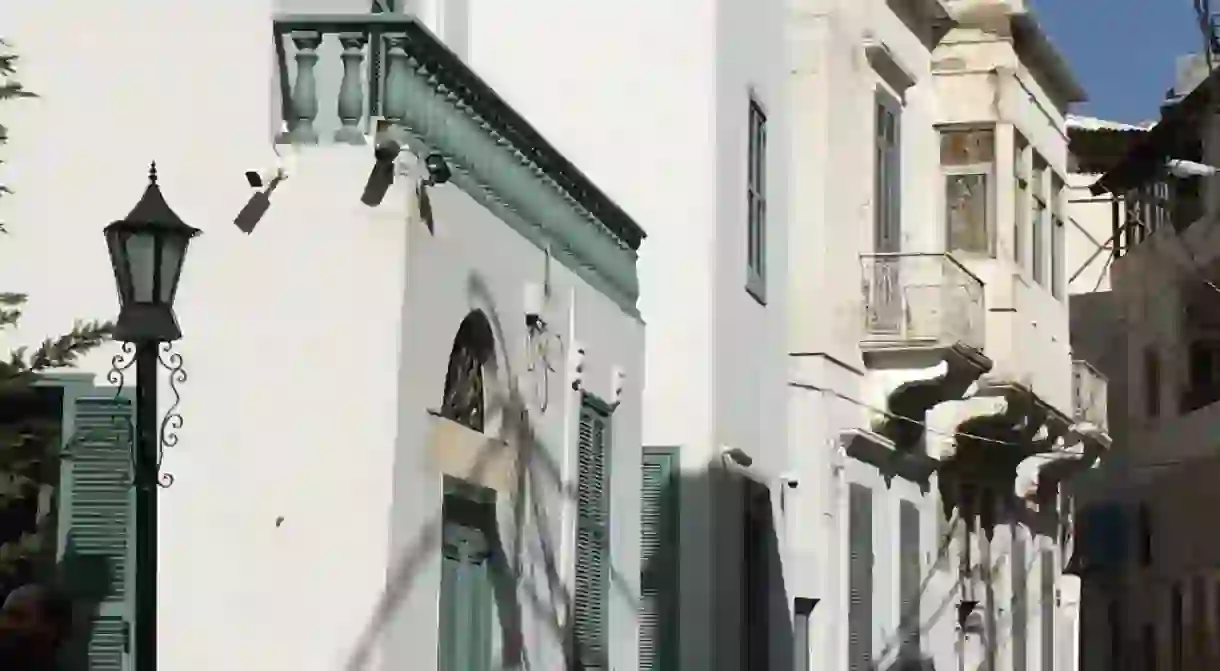7 Reasons Why You Should Visit Tripoli Over Beirut

When people think of visiting Lebanon, the first place that comes to mind is Beirut. But while it is undoubtedly a beautiful city with fascinating people and amazing parties, some tend to forget Lebanon’s other major city, Tripoli. Here’s what you should keep in mind before crossing this coastal enclave with its own distinct atmosphere off your travel list.
The history
Being on the coast of the Mediterranean, Tripoli was a cornerstone for civilizations. Phoenicians, Romans and Byzantines are only the beginning of the city’s rich cultural history. It is famous for its crusader fortress, the Citadel of Raymond de Saint-Gilles, which is a site among many. Littered around Tripoli are several old world Mosques, Hammamsand markets which date back to the Ottoman Empire. It is fascinating to see the Islamic heritage which persisted after the Ottoman rule in the city.

The people
Tripoli is a homely city with people who’ll treat you like family after a week. The city is no stranger to conflict but has come out of it as strong and hopeful as ever. Despite the previous mention of Islamic influence, there are still people of all religions in the city who co-exist in a diverse and amazing community. The sheer difference in every household’s traditions and customs can attest to the fascinating nature of living in Tripoli.

Its size
The label “second largest city in Lebanon” is misleading when it comes to Tripoli as it is a small city. It has a total area of 41 km squared and can be walked through easily. The amount of history in such space is amazing and makes for a busy town with bustling days and lively nights.
Contemporary history
The city is not touched by constant development and renewal. This makes for a curious change in architecture from north to south of the town. At the northern part of the city, visitors can walk through ancient markets surrounded by residential buildings which date back to the 1900s.
This stretches on to the center which is El Tal and is, in itself, another reason to visit Tripoli. This center is an amazing show of the city’s French influence during the 20th century. From there, buildings progressively get more contemporary and provide a visual proof of the city’s expansion throughout the years.

The culture
After the end of the conflict in Tripoli, it has been experiencing a rapid boom in cultural development. Places like Warche 13 are opening their doors to previously silent artists and poets. More cafes are inhabited by intellectuals looking for a deep conversation and a great cup of coffee. Don’t miss the chance to experience the city’s rise in popular culture.

The food
Being a residential town, Tripoli is still full of small places for local food. Restaurants like Akra and Dannoun are a staple of the Tripolitan cuisine and are a must visit for anyone in Lebanon. The Ottoman influence, again, helped make the food in the North distinct from other places in Lebanon. So do not pass up the chance of eating a cheese filled Ka’akeh (bagel) from a food cart in Tripoli as the pastry started as a variation of Turkey’s Simit in this city.
Mina
Another little enclave within Tripoli, is Mina. While technically its own district, this small treasure is one of the city’s most prized places. Inner Mina is still untouched and begging the tourist to take a walk through its winding streets and bustling alleyways. It is the home of Warche 13 and Tripoli’s famous beachside coffee carts. The vibe is a modern flaneur‘s paradise as the dreamy walkways definitely speak to your humanity.

Make sure to put Tripoli on the list of cities you’d like to spend a at least a day in. While Beirut is amazing in its own right, this city is a must visit for all culture lovers and those looking for a new adventure. Be a part of Tripoli’s awakening and meet its amazing people.













